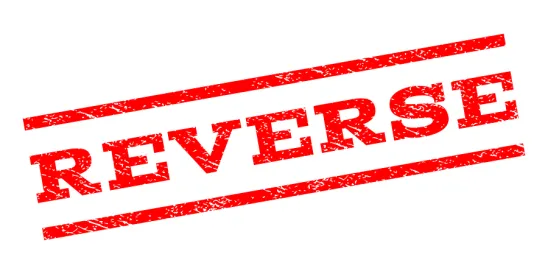Finding that the district court improperly restricted a defendant’s ability to present the jury with relevant evidence of invalidity after a prior remand, the US Court of Appeals for the Federal Circuit vacated a district court’s final judgment as to validity and reversed its denial of the defendant’s motion for a partial new trial on validity. TEK Global, S.R.L. v. Sealant Sys. Int’l, Case No. 17-2507 (Fed. Cir. Mar. 29, 2019) (Prost, CJ).
TEK sued Sealant Systems International (SSI) alleging infringement of a patent directed to an emergency kit for repairing vehicle tires deflated by puncture. Following claim construction, the district court granted SSI’s motion for summary judgment of invalidity, finding the asserted claims obvious over two prior art references. TEK appealed the district court’s order, and the Federal Circuit reversed the district court’s construction of certain claim terms and its invalidity holding, and remanded the case back to the district court because SSI had not had an opportunity to make a case for invalidity in light of the Federal Circuit’s claim construction.
On remand, SSI again moved for summary judgment of invalidity on a new obviousness theory involving the same two prior art references. The district court denied SSI’s motion, finding that the Federal Circuit had already considered and rejected obviousness in light of these two prior art references. After a four-day trial, a jury found the asserted claims infringed and not invalid. Following trial, the district court denied SSI’s motion for a new trial on invalidity. SSI appealed.
The Federal Circuit reversed the denial of SSI’s motion for a partial new trial on validity, finding that the district court improperly restricted SSI’s efforts to present the jury with relevant evidence of invalidity. The Court explained that the district court should not have barred SSI from presenting to the jury other preserved obviousness theories based on arguments about the combination of the two prior art references that were not before the Federal Circuit in the first appeal. The Court explained that only one obviousness theory based on the two prior art references was raised in the first appeal, and only that obviousness theory was foreclosed on remand. The district court was directed to grant SSI a new trial limited to determining the issue of validity on an appropriate evidentiary record.




 />i
/>i
